ADAS SYSTEM PROPOSED BY ENGINEERS TO ASSIST DRIVERS
Engineers have proposed a coordinated control architecture for motion management in Advanced Driver Assistance Systems (ADAS) to increase safety and comfort across all vehicles, regardless of ADAS specifics.
They published their proposal in IEEE/CAA Journal of Automatica Sinica, a joint publication of the IEEE and the Chinese Association of Automation.
"The modern automobile is a complex system of systems. How the functionalities of advanced driver assistance are implemented and coordinated across the systems of the vehicle is generally not made available to the wider research community by the developers and manufactures," wrote Tzu-Chi Lin, a research engineer with the Warwick Manufacturing Group in the United Kingdom, and an author on the paper. "This paper seeks to begin filling this gap by assembling open source physics models of the vehicle dynamics and ADAS command models."
One of the most common ADAS alerts drivers when the car drifts out of their lane, or helps a driver intentionally change lanes.
"Each of the various types of ADAS systems in service today generally provide a unique feature for the user that is implemented through additional control of one of the vehicle's systems, e.g. braking or steering," Lin wrote. "ADAS systems must not be regarded as a substitute for drivers but rather as a co-driver, even if direct involvement in some of the driving tasks is not required."
With that in mind, Lin and his team integrated physics models of vehicle dynamics and ADAS command models. They ran simulations on this combined information, and analyzed how control from different, independent vehicle systems might influence the vehicle trajectory as it changes lanes.
They found that the steering system caused the simulated vehicle to undershoot, while the brake system overshot.
"On the other hand, the 'coordinated control' strategy successfully damped out the deviation errors, and gave much greater precision in following the intended trajectory," Lin wrote.
The researchers will continue to explore the system of systems control architecture to better develop coordinated control in ADAS. They will also examine how new systems interfere with existing systems to fully understand control performance and stability.
source:phy.org
photo credit:skyfilab

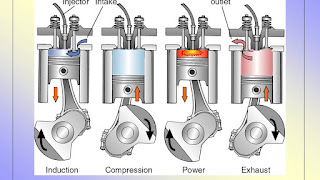

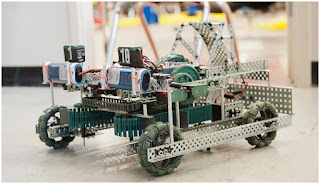
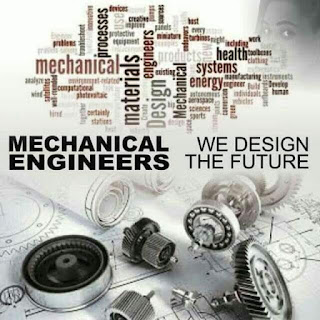
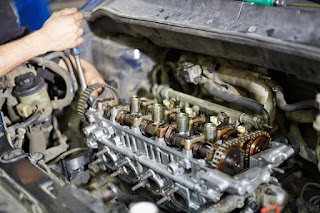

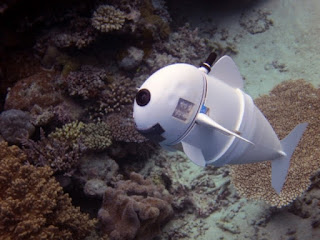

Comments
Post a Comment